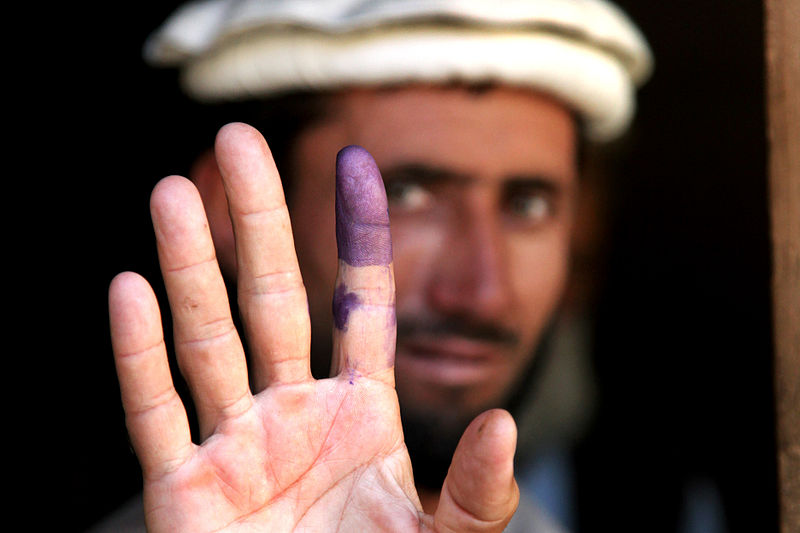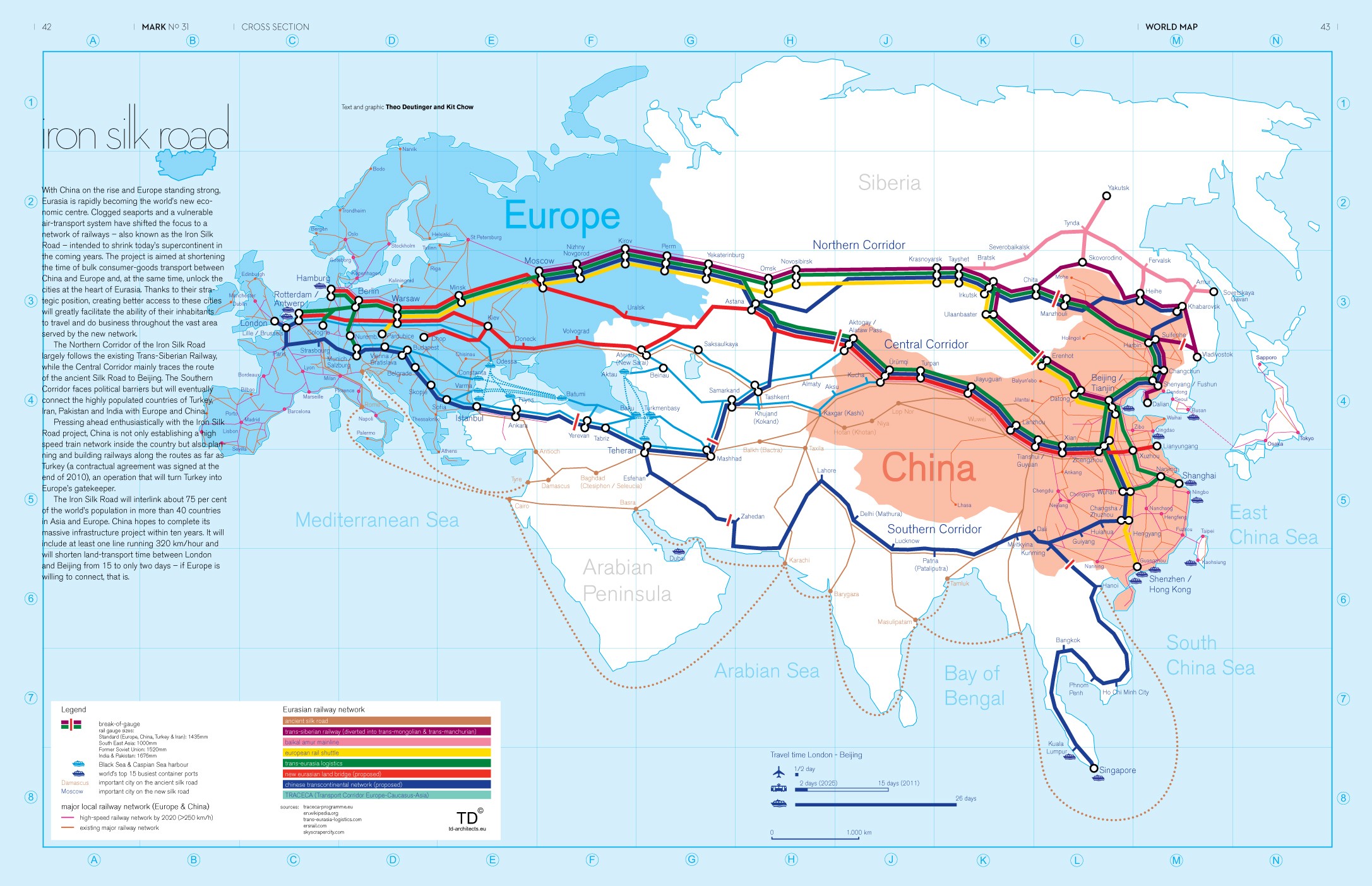A critical moment in the history of Afghanistan is fast approaching. With Hamid Karzai’s second presidential term ending, the Afghan people will vote to elect a new president on April 5th. This choice as to who will lead the country over the next five years will determine to some degree the direction Afghanistan will take following the withdrawal of International Security Assistance Force (ISAF) troops.

Although 27 candidates attempted to register for the 2014 presidential election, 16 were disqualified due to discrepancies in their supporting documentation. Of the 11 candidates who will appear on the ballot in April, all say they will support an agreement to maintain a long-term western military presence in the country. At face value, this would suggest the election is of little strategic consequence. Regardless of who is elected president on April 5th, there will be support from the Afghan executive for a sustained NATO or US presence. But there are some details on the candidates worth noting, especially regarding the future development of the region.
For example, it is worth noting that Islamist candidates are seeking the presidency. Abdul Rasul Sayyaf, whose candidacy is endorsed by the Wahhabist political party Islamic Dawa, once led a militia backed by Saudi Arabia in the 1990s. Qutbuddin Hilal, another candidate whose support comes from the Shi’ite oriented Hezb-e Islami Gulbbudin, led a rival militia during the same period and was backed by Iran. As Sayyaf and Hilal were once engaged in active combat against one another, there could be security implications if either were to reject the validity of the election results. Pre-election polling suggests neither is likely to win, their nationwide support remaining at 2% each.
An outbreak of violence in the midst of the upcoming election could undermine the perceived legitimacy of the election in many communities. Despite an active presence by ISAF troops, concerns about the security situation led to very low turnout for the 2009 presidential election. Estimates place the nationwide turnout for that vote at somewhere between 30-39%. In some regions, turnout was substantially lower. In Kandahar, estimates placed turnout at scarcely more than 10%, while Helmand province’s capital of Lashkargah lingered at roughly 20% amid threats of Taliban attacks. If similar threats are made this year by the Taliban or any other armed group in Afghanistan, then no number of ISAF troops will be able to spare the election from being marred by low turnout and growing disenfranchisement.

Depending on the final turnout, there may be some ways of anticipating the election results. Initially, the United States intended to fund nine separate opinion polls throughout the pre-election period. However, after the polling agency Glevum published the results of its first sampling in December 2013, Afghan election authorities and several candidates objected and the US cancelled the funding. TOLO News, one of the leading news sources in Afghanistan, has conducted its own polling, and the independent think tank Afghanistan Future Research Organization is conducting a few polls of its own.
If these polls are accurate, there are currently two leading candidates. Dr. Abdullah Abdullah, who is supported by a collection of parties under the banner of the National Coalition of Afghanistan, previously served as Minister of Foreign Affairs in 2001-2005 and was the runner-up in the 2009 presidential election. Recent polls put Dr. Abdullah at a commanding lead, with 50% of respondents saying they will vote for him on April 5th. The other top contender is Dr. Ashraf Ghani Ahmadzai, supported by a collection of parties with ties to the Northern Alliance, who served as Minister of Finance in 2002-2004. Though Dr. Ghani was also a candidate in the 2009 presidential election, the results had him in fourth place with roughly 3% of the vote. There may not be so significant a gap between these two candidates in 2014, however. Many polls place Ghani’s support somewhere close to 40%.
Despite the publicly declared Western orientation of these two leading candidates, there remains some cause for concern as to how Abdullah or Ghani would use the presidency. Abdullah’s supporting coalition includes such parties as Hezbi Islami, which has organized bombings against US military targets in Kabul as recently as May 2013. In 2009, Ashraf Ghani called General Abdul Rashid Dostum “a known killer” and condemned Hamid Karzai for accepting the endorsement of the former warlord. In the 2014 election, Dostum is Ghani’s running mate.
The large field of candidates also includes some progressive centrist figures – Dr. Zalmai Rassoul, who served as Foreign Minister from 2010 to 2013, is an example. But Ghani and Abdullah have a significant advantage in funding. International journalists report that huge rallies have been held by the two leading candidates and that the country is practically plastered with billboards for both. Though Karzai’s presidency is ending, it seems likely his style of politics will endure for at least a few years.



